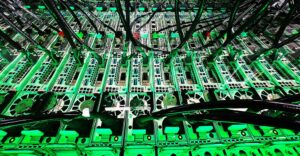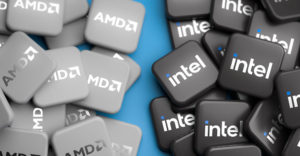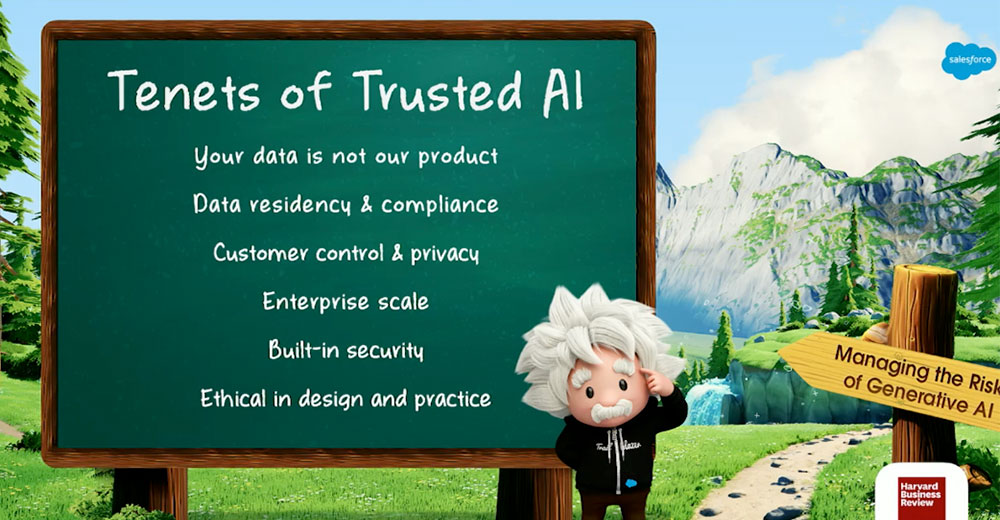Microsoft has decided to expand its support for Linux containers in the next release of Windows Server.
Linux containers and workloads will work natively on Windows Server, said Erin Chapple, general manager for the server operating system, in an online post last week.
The company also will extend Window Server’s Hyper-V isolation capability, which was introduced in the 2016 release of the operating system.
“This means customers will no longer have to deploy two separate container infrastructures to support both their Windows and Linux-based applications,” Chapple wrote.
What’s more, Windows Bash also is coming to the next edition of Windows Server. That’s good news for developers.
“This unique combination allows developer and application administrators to use the same scripts, tools, procedures and container images they have been using for Linux containers on their Windows Server container host,” Chapple explained.
Slimmer Nano Server
Microsoft also has improvements in store for the container performance of its Nano Server productm Chapple noted.
Nano Server, introduced in 2015, is a purpose-built operating system designed to run born-in-the-cloud applications and containers.
“The idea was to make it tiny, and allow each developer to add only the necessary elements for their specific micro-services to it,” explained Ben Bernstein, CEO of Twistlock.
“It’s more compliant, stable and secure,” he told LinuxInsider. “The image does exactly what the developer adds to it and nothing more — no weird under-the-hood elements.”
The next release of Windows Server will focus on making Nano Server the very best container image possible, Chapple wrote.
Customers will see Nano Server images shrink in size by more than 50 percent, which will decrease startup times and improve container density, she noted.
Targeting Pain Points
Reducing the size of an operating system inside a container is important for reserving resources for the primary application running in the virtual box.
“Ideally, you’d want the underlying operating system to be zero, because you want it entirely out of the way,” said Rob Enderle, principal analyst at the Enderle Group.
“This isn’t there yet,” he told LinuxInsider, “but it’s very thin and gets out of the way as much as possible.”
The size of Windows containers is one of three pain points with Microsoft’s implementation of the technology, noted Amir Jerbi, CTO of Aqua Security.
“The size of Windows containers compared to Linux containers is very big — over 1 gigabyte,” he told LinuxInsider. “This will reduce that by 50 percent.”
Running Linux containers natively on Microsoft server and Linux tools on Windows make things simpler for shops using both operating systems, Jerbi added.
Linux Dominates Containers
Microsoft’s container strategy aligns the company with current customer demand, Jerbi said.
” Organizations are looking to normalize operation processes and tools,” he noted. “Having a single platform that runs both Windows and Linux containers helps with that.”
Microsoft’s moves reflect its recognition of the state of the container space.
“In reality, 99 percent of container images are Linux images,” observed Twistlock’s Bernstein.
“Since we are talking about containers that act as micro-services and, in turn, engage with each others’ containers, a Windows-containers-only environment is not realistic,” he pointed out. “For Microsoft to bootstrap any usage of Windows containers, it must support usage of existing Linux images.”
Containers have become important for developing software in today’s application environments. They can shorten development cycles. They allow software to be run anywhere — on premises or in the cloud. They also can simplify the development process because of the multitude of ready-made images.
“Studies show that containers boost productivity,” Bernstein said, “which is why software product companies want to adopt them.”























































